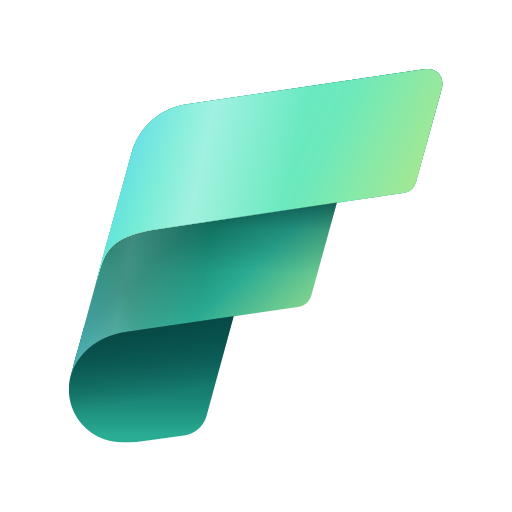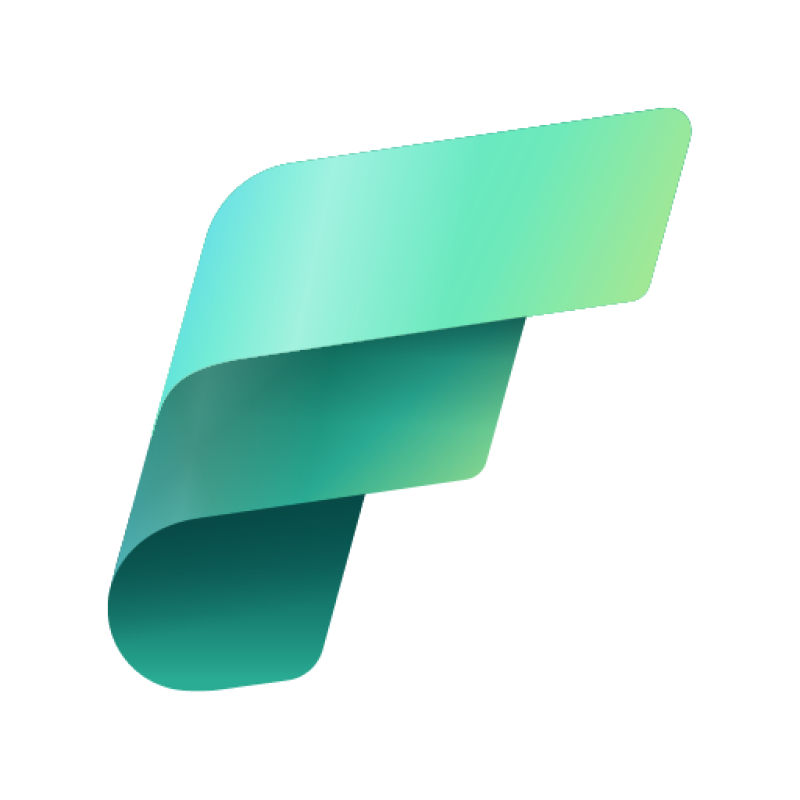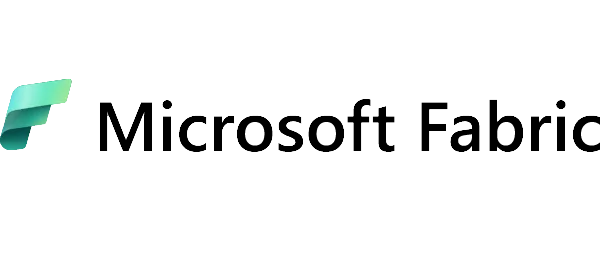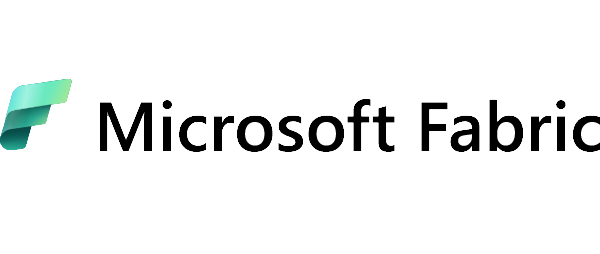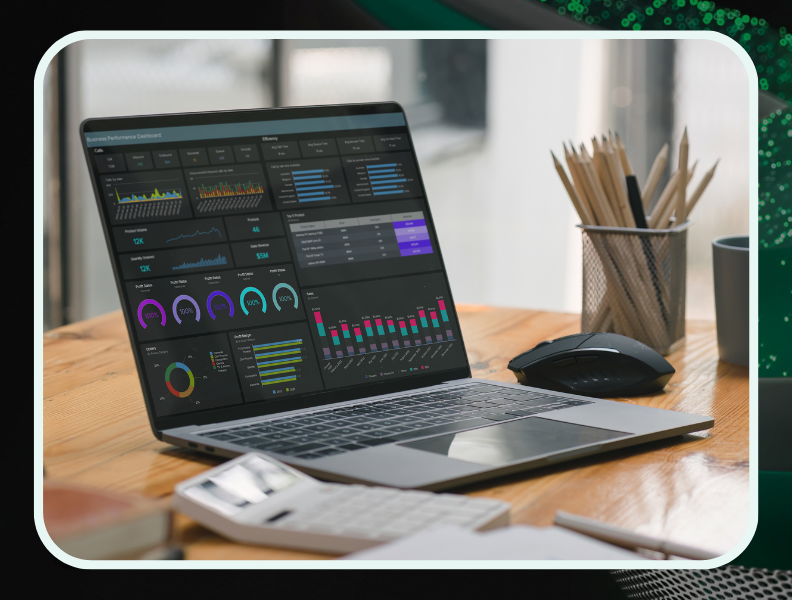
Modern business is based on data. Companies that can analyse information effectively gain a competitive advantage, understand their customers better and make decisions faster. Microsoft Fabric is a modern, end-to-end data management, analytics, and integration platform that allows companies to realise their potential effectively. In this article, we take you through your first steps with Microsoft Fabric, showing you how to get started with the platform and the benefits it can bring to your organisation.
Microsoft Fabric – what is it?
Microsoft Fabric is an integrated data management and analytics environment that combines various Microsoft services, such as Power BI, Azure Synapse and Data Factory, into a single platform. This makes it easier for businesses to:
- Combine different data sources,
- Create advanced analyses,
- Automate data processing,
- Implement advanced artificial intelligence and machine learning models.
Microsoft Fabric is based on OneLake, a unified data repository that eliminates the need for duplication of information and allows for easier management.
How do I get started with Microsoft Fabric?
To get started with Microsoft Fabric, you must first gain access to the platform. You need an active Microsoft Fabric subscription, available as part of a Power BI Premium or Azure Synapse licence. You will then need to log in to Microsoft Fabric with your corporate account, configure your workspace, and assign appropriate permissions to your team.
Once access is granted, the next step is data integration. Microsoft Fabric allows you to connect various data sources, both local and cloud-based. You can connect data from SQL and NoSQL databases, CSV, JSON and XML files, and cloud services such as Azure, AWS and Google Cloud. In addition, the platform allows integration with business applications such as ERP and CRM systems.
You can then proceed to create analytical models. Microsoft Fabric offers various tools, such as Dataflows for automatic data processing and transformation, Lakehouses as modern OneLake-based data stores, and Notebooks for interactive data analysis in Python and SQL.
The next stage is data visualisation and analysis. Power BI, part of Microsoft Fabric, allows the creation of intuitive reports and dashboards. Users can build dynamic visualisations, use advanced predictive analytics and share reports across the organisation.
Finally, take advantage of the automation and artificial intelligence capabilities available in Microsoft Fabric. Built-in AI models allow you to automatically detect anomalies, predict business trends and optimise operational processes.
Benefits of implementing Microsoft Fabric in your company
· Simplification of data management
Microsoft Fabric enables the elimination of data silos and centralises information management to improve operational efficiency. Organisations with a unified data repository can more easily process and analyse information without duplication. This saves time and reduces the costs associated with managing multiple disparate systems.
· Time and cost savings
With automated data analysis and transformation processes, companies can derive valuable insights faster and optimise operational costs. Microsoft Fabric reduces the time required for manual data processing and integration, resulting in increased productivity for analytics teams. Additionally, organisations can reduce IT infrastructure spending by using flexible subscription models.
· Greater flexibility and scalability
Microsoft Fabric adapts to an organisation’s growing needs, enabling easy scaling of infrastructure and resources. Companies can start with a small implementation and gradually increase their solutions to adapt to changing business requirements. Thanks to the cloud-based nature of the platform, users have access to the latest tools and technologies without having to invest in expensive hardware.
· Integration with other Microsoft tools
The platform works with Microsoft 365, Azure and Dynamics 365, making it easy to deploy into a company’s existing ecosystem. This integration allows users to seamlessly combine data from different sources and analyse it in a familiar environment. This enables consistent reporting, workflow automation and easier collaboration between teams.
Microsoft Fabric – get started with data analytics
Microsoft Fabric is a groundbreaking platform that allows companies to maximise the potential of data. By integrating analytics tools, automating processes and leveraging AI, organisations can make data-driven decisions faster and increase competitiveness.
If you want to implement Microsoft Fabric in your business successfully, it is worth starting with a needs analysis and planning your implementation strategy. You can also use consulting and training services to get the most out of this modern platform.
Want to find out more? Contact the EBIS experts to start your data adventure on a new level!
